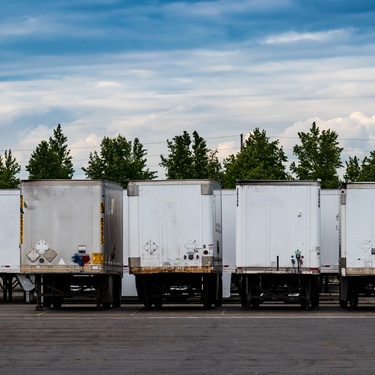
One of the biggest hurdles for smaller businesses is remaining competitive while controlling expenses. While manual processes may seem like a cost-effective option, they can consume valuable resources and bottleneck your operations in a way that limits your potential growth. Once you realize the hidden costs of not automating your business, you may gain a better appreciation as to why it’s a worthwhile investment. Consider some of these factors to make an informed decision about the operational future of your business.
Lost Productivity Drains Your Bottom Line
One of the biggest risks to productivity is your staff having to spend hours on repetitive tasks. You can lose a lot of time by manually assigning repetitive physical tasks or software tasks related to data entry or inventory tracking.
Workers handling routine tasks manually make more errors than automated systems would. These mistakes require time to identify and correct, further reducing overall productivity. Setting up your business operations with a reliable automation system can help save a lot of time and direct your employees’ focus onto more important matters. Skilled technicians and operators can use this time to troubleshoot equipment, find process improvements, or train new employees.
Scaling Challenges Limit Growth Opportunities
Relying on manual processes creates challenges when you’re looking to expand your operations. Adding extra product lines, increasing production volume, or entering new markets is a more complex process without an automated system.
Your current workforce can only handle so much additional workload before quality suffers or overtime costs escalate. Hiring additional staff to manage increased manual processes requires extensive training periods and results in higher labor expenses.
Customer demands for faster delivery times and real-time order tracking are difficult to meet with manual systems. Automated systems allow you to respond to customer needs more efficiently and put your business at an advantage compared to your competitors.
Maintenance and Compliance Costs Multiply
Another hidden cost of not automating your business is that you end up spending a lot of time and money on manual record-keeping. Paper-based or manual spreadsheet-driven processes lack the reliability and traceability that automated systems provide, increasing your risk of compliance violations and associated penalties.
Trying to manually manage your equipment maintenance schedules can lead to mistakes, unexpected breakdowns, and emergency repairs, which can significantly reduce your productivity. Data security becomes more challenging with manual processes, since it’s much easier to lose or damage physical documents.
Automation transforms these hidden costs into measurable savings and competitive advantages. Small industrial businesses that embrace automation position themselves for sustainable growth while reducing operational risks.
Bio: Casey is a passionate copyeditor highly motivated to provide compelling SEO content in the digital marketing space. Her expertise includes a vast range of industries from highly technical, consumer, and lifestyle-based, with an emphasis on attention to detail and readability.




















